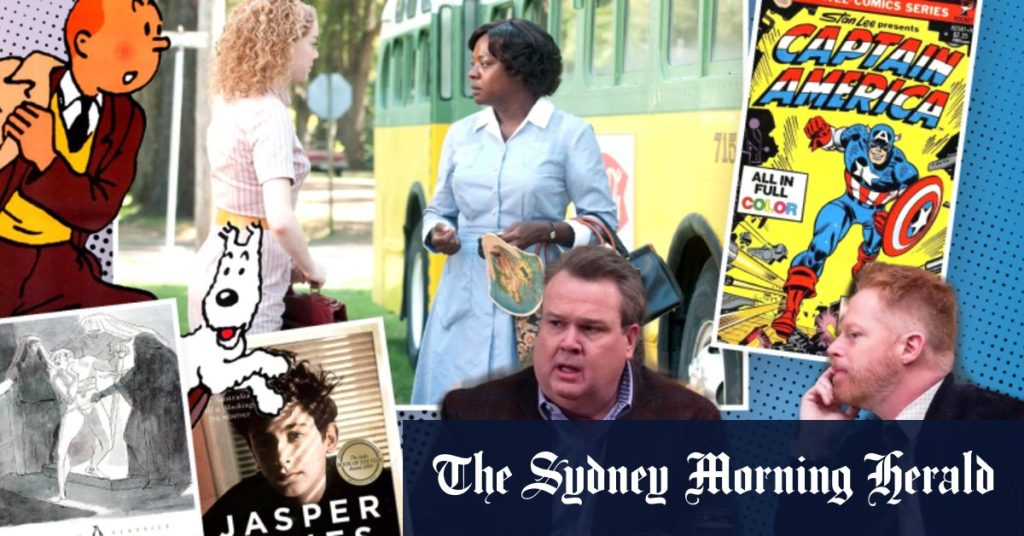The Western Australian Curriculum and Assessment Authority (SCAA) has released a list of recommended texts for Year 11 and 12 students studying English, offering a diverse range of formats, from classic literature to contemporary film and television. This list serves as a guide for teachers in selecting appropriate materials for their students, encompassing a broad spectrum of genres and styles to cater to varied interests and learning styles. Interestingly, the list includes popular culture staples like Marvel Comics and the sitcom Modern Family alongside traditional literary works, demonstrating a progressive approach to engaging students with relevant and accessible content. This blend of classic and contemporary texts aims to foster both an appreciation for established literary canons and an understanding of modern storytelling techniques.
The recommended texts are categorized according to the specific English course undertaken: General English, ATAR English, and Literature. The General English suggestions showcase the diversity most prominently, including Marvel’s Agents of S.H.I.E.L.D. and The Help (both the book and film adaptation). These contemporary examples are juxtaposed with classic works like Oscar Wilde’s The Picture of Dorian Gray and John Steinbeck’s Of Mice and Men, providing students with a well-rounded exposure to different writing styles and historical contexts. This approach encourages students to analyze and compare various forms of storytelling, developing critical thinking skills applicable to both traditional literature and modern media.
ATAR English recommendations also reflect a blend of classic and contemporary, featuring George Orwell’s dystopian masterpiece 1984, Orson Welles’ cinematic landmark Citizen Kane, and the critically acclaimed television series Mad Men. This selection challenges students to delve into complex themes and narratives, exploring social commentary, political satire, and the intricacies of human relationships. By incorporating television alongside literature and film, the curriculum acknowledges the evolving landscape of storytelling and the importance of media literacy in the 21st century.
While the General English and ATAR English courses provide a degree of flexibility in text selection, the Literature course follows a more structured approach with a distinct list of prescribed texts. Although some overlap exists with the other courses, notably with Shakespeare’s Macbeth and Craig Silvey’s Jasper Jones, the Literature course emphasizes a focused study of specific literary works. Year 12 Literature students are restricted to analyzing and writing about texts exclusively from the prescribed list for their final exams, although this list is subject to annual revision. This structured approach ensures a deep dive into literary analysis and interpretation, preparing students for higher-level literary studies.
A notable emphasis across all three English courses is the recommendation that at least one-third of the studied texts be Australian in origin. This promotes engagement with local literature and fosters an understanding of Australian cultural perspectives. While not a strict requirement, the encouragement of Australian content highlights the importance of promoting national literature and developing students’ awareness of their own literary heritage. This focus on Australian voices allows students to connect with narratives that reflect their own cultural context, fostering a deeper appreciation for local storytelling.
For students commencing Year 11 in 2025, the list of available plays has undergone minor revisions, while the novel selection remains unchanged. The enduring presence of classics such as John Steinbeck’s The Grapes of Wrath and Jane Austen’s Pride and Prejudice alongside more contemporary works like Phillip Pullman’s Northern Lights demonstrates a commitment to balancing canonical literature with more accessible and modern narratives. This comprehensive approach ensures that students are exposed to a wide range of literary styles and genres, preparing them for a diverse and ever-evolving literary landscape. The inclusion of both classic and contemporary works fosters a balanced understanding of literary history and encourages students to appreciate the enduring power of storytelling across different eras.

